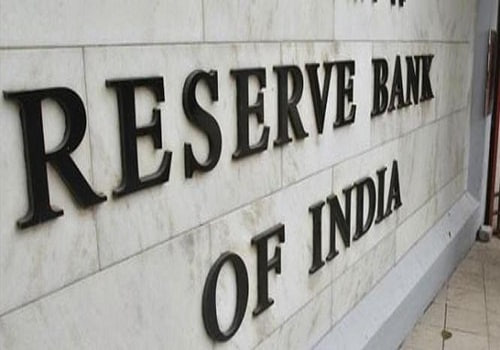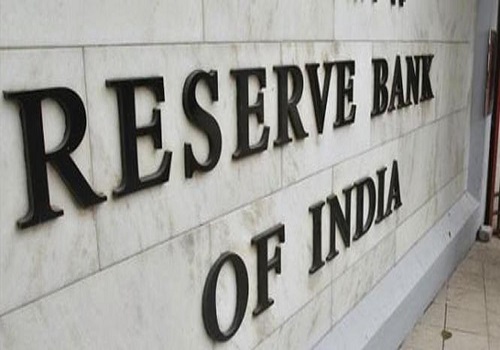Comment on Post RBI Policy by Pankaj Pathak, Quantum AMC

Follow us Now on Telegram ! Get daily 10 - 12 important updates on Business, Finance and Investment. Join our Telegram Channel
Below is Comment on Post RBI Policy by Pankaj Pathak, Fund Manager-Fixed Income, Quantum AMC
We had called the February policy as ‘needlessly dovish’ – wherein the RBI forecasted CPI for FY 23 @ 4.5% much lower than expected, allowing them to continue its accommodation and maintain status quo. In its April policy, given its revised FY 23 inflation forecast of 5.7%, it has turned what the market would call ‘unexpectedly hawkish.
In its own inimitable way under Governor Das, the RBI changed its stance away from accommodative without actually calling it so, made an effective rate hike of 40 bps without actually hiking any rates, and has introduced a tool (Special Deposit Facility-SDF) to sterilise unlimited surplus liquidity but choosing it to do over a multi-year horizon
The 5.7% average CPI for FY 23, with the first two quarters at above 6% would mean that the RBI can no longer hold the Repo rate at 4%, We would expect, a change in stance and a 25 bps hike in the June policy. If the current conditions of 100$/brl oil and elevated food prices continue, we would expect the Repo rate to be around 5% in FY 23.
The worry for the equity markets would be the sharp downgrade to GDP forecast, especially the below consensus numbers for Q3 and Q4 Fy 22.
Bond Markets have reacted to the unexpected hawkishness and the shift in priority to inflation overgrowth. Yields have increased by 10-15 bps across the curve. Oil prices, the US bond yields, and the inflation focus from the RBI will be the key driver for bond markets. Given the large government bond supply and the near absence of OMOs, we expect bond yields across the curve to increase over the next six months.
This should also see an increase in deposit rates as RBI removes liquidity from the system. We would also gradual rise in lending rates
Rising bond yields is negative for long-duration bond funds. At this juncture, investors will be better off avoiding long-term bond funds.
With the removal of excess liquidity and rising short-term interest rates, return on categories like liquid funds should improve going forward.
Above views are of the author and not of the website kindly read disclaimer










Top News

Gem & jewellery industry should focus on design, diversification of export product basket: P...
Tag News

Monthly Debt Market Update, September 2023: CareEdge Ratings



More News

Quote on CPI: Sequentially declines food and core lend support By Indranil Pan, Chief Econom...









